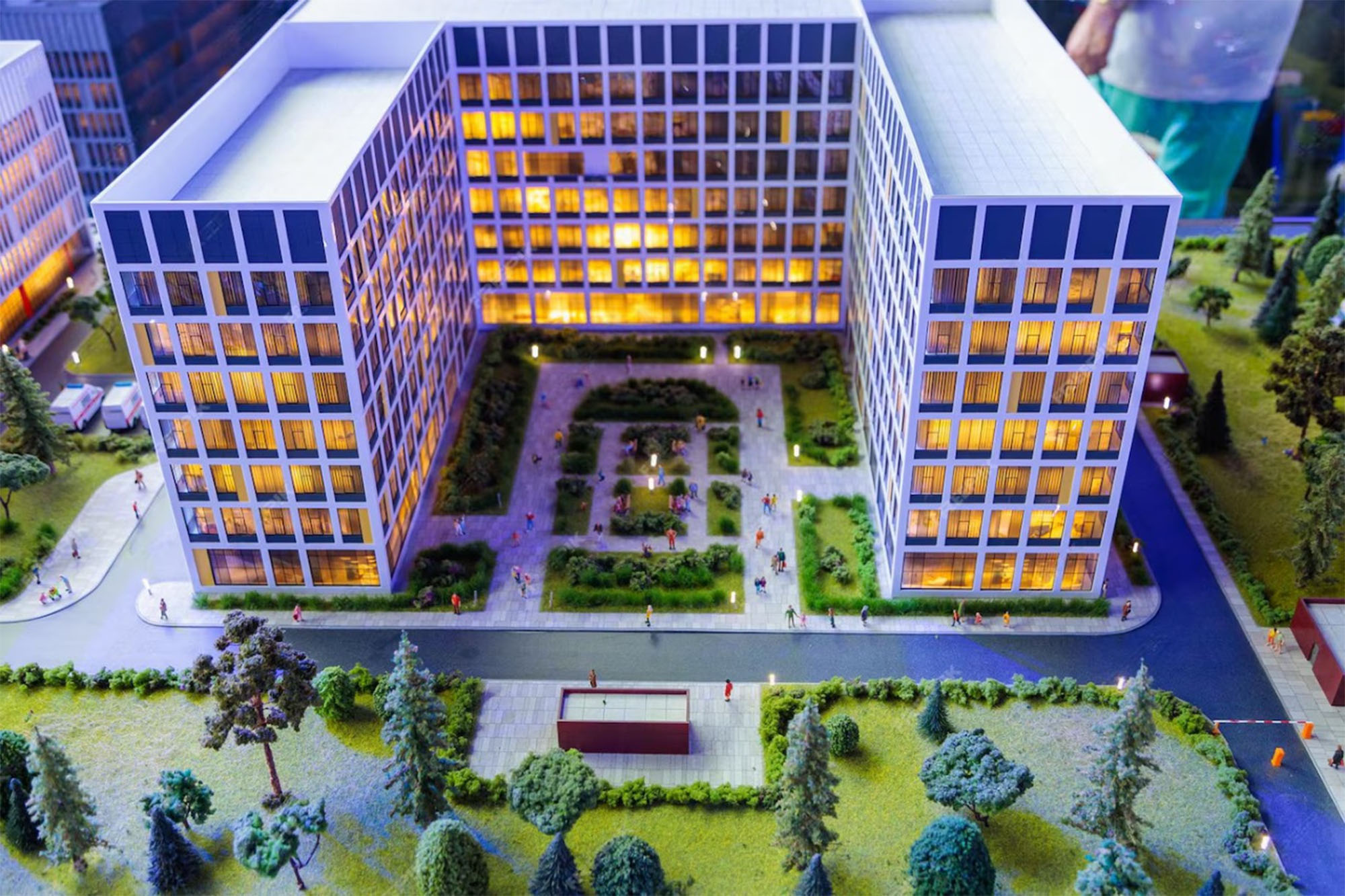Designing Wellness

Today, wellness and health are given primary importance by almost everyone. With life becoming more mechanical and cities turning into concrete jungles, everyone constantly needs to seek mental and physical wellness beyond their homes.
When seeking wellness beyond homes, the immediate options that come to mind are wellness resorts, yoga retreats, meditation centres, and so on. Thus, wellness beyond home can be achieved by integrating wellness into architectural planning and design in the hospitality sector.
Wellness through hospitality can be achieved by creating an environment with a stimulus largely different from day-to-day life. It is important to have a fine balance of aesthetics and economics of the space and create a lasting impression on the person who is visiting the place for healing or rejuvenation. To enhance human well-being, building designs need to move beyond optimising single parameters such as temperature and humidity to more holistic approaches that take their cues from health-supporting human behaviours.
In an online interaction organised by the ACE Update Magazine, acclaimed hospitality architects share their views on the various aspects of design and wellness.

Promoter expectations
Sharada Seshadri, Cofounder & Principal Architect, Architecture Continuous, shares her thoughts on promoter demands concerning wellness designs in the hospitality sector. “Regarding design and amenities, promoters emphasise integrating natural elements like light, water, and greenery as part of programmatic requirements in wellness facilities like spas, fitness centres, and yoga/meditation centres. These days, especially post-COVID, healthier dining options and nutrition programmes have also become a demand.”, says Sharada. “There is also an expectation to provide personalised wellness programmes and consultations, along with fitness classes and workshops for stress management sessions.” opines Sharada. Indrajit Kembhavi, managing partner of the Kembhavi Architecture Foundation, also shares his observations on promoter demands. “Wellness is the biggest challenge of today’s modern world.
Regarding design expectations, people want a very holistic space suitable to the context, very mellow in the environment, and something that calms their senses. Promoters look for spaces that don’t disturb their guests. It must have a sense of calm! A sense of peace!”, says Indrajit.
Sharada and Indrajit also share their thoughts on the financial aspects. “One important aspect is the increased revenue through premium pricing for these spaces, which have the highest wellness quotient. They are expected to have higher occupancy rates because we are integrating these programs into our projects. This also helps in improving customer loyalty and retention. The most important factor is that property valuation will be enhanced.”, opines Sharada. “It is very important that whatever we do, we are not carried away by the design to an extent that messes with the ROI of the developer of that space.”, adds Indrajit. “As architects, it is important that we create a sense of identity, a sense of attachment that always drives a person back to a particular space. It becomes a part of what could be an annual or biannual routine, where things start getting propagated to heal yourself, feel better and feel nice. The designer’s role is extremely important because the designer can create a space that can do justice to all these things.”, asserts Indrajit.
Sustainability
Shruti Gupta, Cofounder & MD, Saṁsāra Nirmāṇam, shares her thoughts on how sustainable architectural designs can be implemented to achieve occupant comfort in the hospitality sector. “To ensure comprehensive sustainability within the integrated built environment that we are creating, the first and foremost requirement is to source our material locally. If the material is procured from international boundaries, there is substantial cost involved in logistics and procurement.”, explains Shruti. “Then the overall project completion time is long. The carbon footprint of such a project can never be positive. Therefore, to mitigate climate change or the effect that a project brings to the overall climate or ecosystem, it is important to use green building materials, materials with a low carbon footprint and passive designs incorporated within the built environment for cold conditions. Shruti also discusses the passive designs for warmer environmental conditions. She opines, “We have different strategies for passive design for warm situations. Incorporating active designs should be kept to a minimum. Also, there should be insulation and the provision of high-performance fenestration. We should also have a sustainable landscape and practice xeriscaping.” She says that incorporating sustainable designs is key to ensuring occupant comfort. Shruti also shares her views on using renewable energy to create better spaces: “We can use renewable energy as and where possible. By using solar energy for hot, humid regions and relying on wind energy in hilly regions, we will have an indoor environment where occupants thrive better. We will also be satisfied visually, thermally, and acoustically.”
Design philosophy across borders
Kshiti Bhargava, Senior Architect, Arcmax Architects & Planners, shares her views on how one design philosophy may not apply across different countries or cultures. “The same design philosophy may not apply to all regions across the globe. Manuals or brochures cannot teach you what a site is demanding. When you visit the place, you will be able to understand the entire mechanism and psychology of the client, their expectations, and the challenges associated with the execution. We look into that vicinity and stay there in that local terrain. We then jump into a planning principle or a design requirement, which is the formal format of the industry. That is how we found that it is very comfortable to develop the entire thing and craft the project.”, explains Kshiti
Cookie Consent
We use cookies to personalize your experience. By continuing to visit this website you agree to our Terms & Conditions, Privacy Policy and Cookie Policy.










